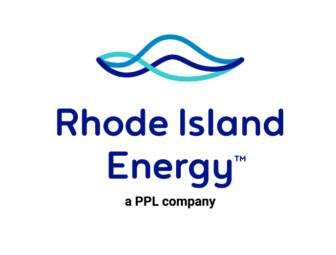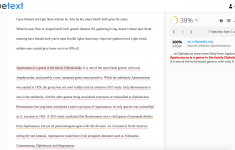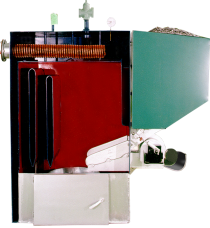Wind, sunlight-based, hydropower and different kinds of environmentally friendly power are turning into a significant piece of the environmentally friendly Houston Energy Plans change all over the planet. The Texas power lattice alone gets up to 38% of its power from zero-carbon energy sources. Yet, there’s one kind of energy you don’t catch wind of a ton: flowing energy. Flowing energy is gotten from the ascent and fall of sea waters, so it’s more unsurprising than different kinds of sustainable power and less hurtful to the climate than petroleum products like raw petroleum, coal, and flammable gas. So for what reason isn’t it being utilized all the more broadly for the power age? We should investigate the intricate details of flowing energy and why there are impediments to carrying out the flowing energy age in many regions of the planet.
What Is Flowing Energy?

Flowing energy alludes to the energy delivered by the normal development of the sea, for the most part through the establishment of flowing turbines. These turbines produce power as the flow shifts back and forth between elevated tide and low tide. Flowing energy can appear as motor energy or possible energy. The distinction in the water level is viewed as potential, or put away energy, while the development of the flow is viewed as active energy. Since tides are brought about by the gravitational draw of the moon, they aren’t subject to the World’s climate frameworks the way that sunlight-based power and wind energy are. Elevated and low tides happen normally at unsurprising times, making flowing power a decent contender for power age in regions with adequate flowing reach.
How Is Flowing Energy Produced?
Flowing energy is created utilizing flowing turbines, which are practically the same as the plan to twist turbines aside from that they are moved by flowing flows. Water is a more remarkable wellspring of energy than wind energy since it’s denser and can create more power. There are three various types of flowing energy frameworks utilized all over the planet. We should investigate everyone.
- Flowing Flood
A flowing flood looks a ton like a hydropower dam, except for its intention to open and close contingent upon the progression of the tides. As the tide streams in, the doors are passed on open to permit the sea ebb and flow to fill the region behind the dam. Then the entryways are shut, catching the water in the tidal pond. The water is permitted to stream once again into the sea at a controlled rate, going through turbines on the way – very much like with a hydroelectric dam on a waterway.
- Flowing Stream
Flowing streams are regions in which the tides normally produce serious areas of strength for momentum. By introducing flowing turbines at vital areas in the stream, they can be utilized to create power without the requirement for an enormous scope framework. Flowing turbines can be put on the ocean bottom yet should be situated to abstain from blocking delivering paths or the regular progression of dregs to the seabed.
- Flowing Tidal pond
The third flowing energy innovation is a flowing tidal pond. For this situation, flowing turbines are set in a characteristic tidal pond as opposed to making one with a man-made blast. This approach is less horrendous than building a blast yet doesn’t produce as much power, so there aren’t any flowing tidal pond power frameworks right now in activity.




